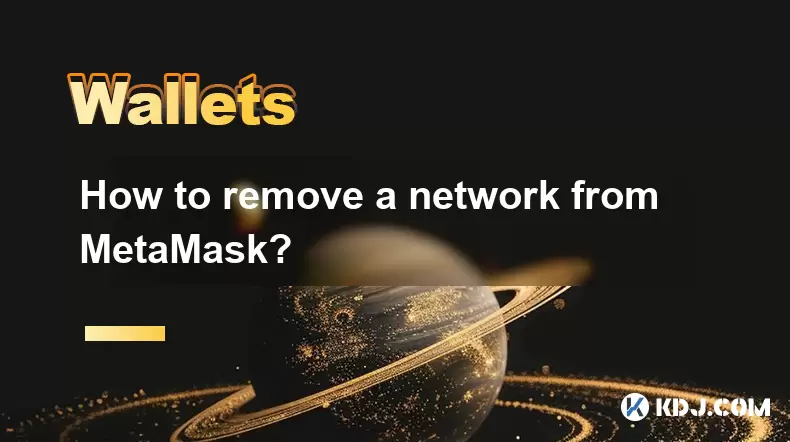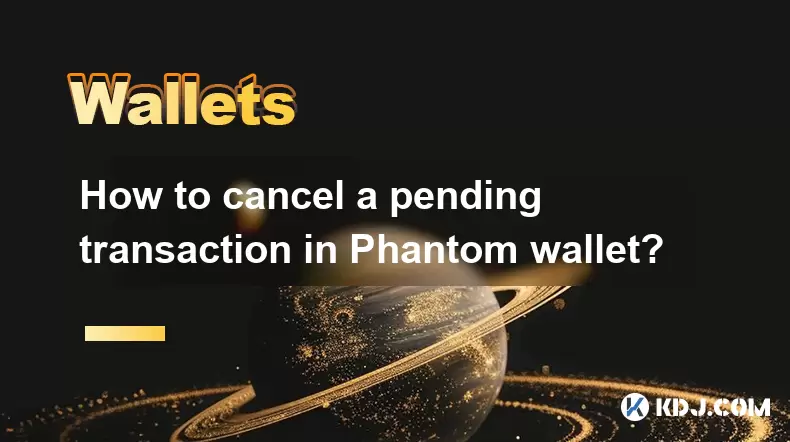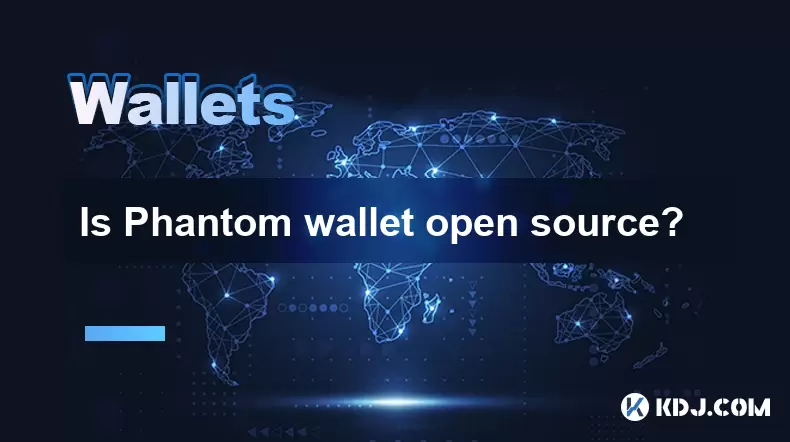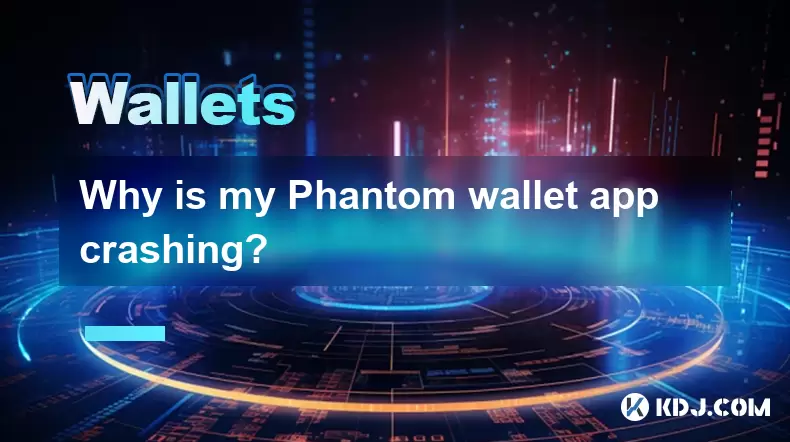-
 Bitcoin
Bitcoin $109,459.7682
2.44% -
 Ethereum
Ethereum $2,598.6052
6.29% -
 Tether USDt
Tether USDt $1.0003
0.00% -
 XRP
XRP $2.2734
3.95% -
 BNB
BNB $661.4886
1.58% -
 Solana
Solana $155.4825
4.35% -
 USDC
USDC $0.9999
-0.02% -
 TRON
TRON $0.2838
1.04% -
 Dogecoin
Dogecoin $0.1740
8.25% -
 Cardano
Cardano $0.6047
9.04% -
 Hyperliquid
Hyperliquid $40.2302
6.50% -
 Sui
Sui $2.9863
10.05% -
 Bitcoin Cash
Bitcoin Cash $509.5786
0.60% -
 Chainlink
Chainlink $13.8156
6.03% -
 UNUS SED LEO
UNUS SED LEO $9.0142
0.69% -
 Avalanche
Avalanche $19.0337
8.68% -
 Stellar
Stellar $0.2438
5.17% -
 Toncoin
Toncoin $2.9012
3.59% -
 Shiba Inu
Shiba Inu $0.0...01210
6.20% -
 Litecoin
Litecoin $90.0882
7.05% -
 Hedera
Hedera $0.1597
8.53% -
 Monero
Monero $326.3340
2.88% -
 Polkadot
Polkadot $3.6365
9.32% -
 Bitget Token
Bitget Token $4.6162
2.72% -
 Dai
Dai $1.0001
0.00% -
 Ethena USDe
Ethena USDe $1.0002
-0.01% -
 Uniswap
Uniswap $7.6403
10.47% -
 Pepe
Pepe $0.0...01060
12.03% -
 Aave
Aave $281.3664
7.56% -
 Pi
Pi $0.4992
1.76%
How to remove a network from MetaMask?
Removing a network from MetaMask helps keep your wallet clean and secure by eliminating unused or unnecessary blockchain connections.
Jul 03, 2025 at 03:35 pm

Understanding the Need to Remove a Network from MetaMask
MetaMask is one of the most widely used cryptocurrency wallets, especially for interacting with decentralized applications (dApps) on various blockchain networks. Over time, users may add multiple custom or third-party networks to their wallet interface, which can lead to clutter or even potential security concerns. Removing unnecessary or unused networks helps maintain a clean and secure wallet environment.
Before proceeding with removal, it's essential to understand that removing a network does not delete your wallet address or private keys. It simply removes the connection to that specific blockchain network. This action might be necessary if you're no longer using a particular dApp or chain, or if the network settings are outdated or incorrect.
Accessing the Network Settings in MetaMask
To begin the process of removing a network, open your MetaMask extension or mobile app. Navigate to the main interface where your wallet balance is displayed. In the top center or near the network dropdown menu, you should see the current network you're connected to — such as Ethereum Mainnet, Binance Smart Chain, or any other custom network.
Click or tap on the network name to reveal the dropdown list of available networks. If the network you want to remove isn't listed here, it means it was added manually or via a dApp. To manage these custom networks, go to Settings > Networks within the MetaMask interface. Here, you'll find all the networks currently configured in your wallet.
Locating the Specific Network to Be Removed
Once inside the Networks section, scroll through the list of available chains. You'll notice that each network includes details such as:
- Network Name
- RPC URL
- Chain ID
- Currency Symbol
- Block Explorer URL
If you're unsure which network you need to delete, cross-reference the information with the dApp or service you originally connected to. For example, if you're removing a testnet or a less commonly used chain like Polygon Mumbai or Avalanche Fuji, the Chain ID and RPC URL will help confirm your selection.
Be cautious not to remove networks you actively use for transactions or dApp interactions, as this will require re-adding them later if needed.
Deleting the Selected Network
After identifying the correct network, click or tap on its name to enter the detailed configuration screen. There, you should see an option labeled Delete Network or a trash icon indicating removal.
Confirm the deletion when prompted. MetaMask will then remove the selected network from your list of available connections. Note that this action cannot be undone without manually re-adding the network using its original configuration details.
It’s also important to remember that deleting a network doesn’t affect your wallet address on other chains. Your assets stored on other networks remain intact and accessible as long as those networks are still present in your MetaMask configuration.
Verifying the Removal Was Successful
To ensure the network has been successfully removed, return to the main network selection menu. The deleted network should no longer appear in the dropdown list. Additionally, if you previously had issues connecting to certain dApps due to incorrect network configurations, those problems should resolve themselves after the cleanup.
If you ever need to reconnect to the deleted network, you’ll have to re-add it using the same method you initially used — either by importing a JSON file, entering the RPC details manually, or connecting through a dApp that prompts MetaMask to suggest adding the network.
Frequently Asked Questions (FAQ)
Q: Can I recover a deleted network in MetaMask?
Yes, you can re-add a deleted network by manually inputting the required parameters (RPC URL, Chain ID, etc.) or by reconnecting to a dApp that supports that network and following the prompt to add it again.
Q: Will removing a network affect my transaction history on that chain?
No, removing a network does not erase your transaction history associated with that chain. However, you won’t be able to view or interact with that history until the network is re-added.
Q: Is it safe to remove unknown or unrecognized networks from MetaMask?
Generally, yes. If you don't recognize a network and aren't using any dApps that require it, it's safe to remove it. Always verify the network details before deletion to avoid removing active chains.
Q: Why do some networks automatically reappear after being deleted?
Some dApps or services may trigger MetaMask to suggest re-adding a network if they detect that it's missing. This behavior ensures seamless interaction but can be ignored if you don’t wish to use that network anymore.
Disclaimer:info@kdj.com
The information provided is not trading advice. kdj.com does not assume any responsibility for any investments made based on the information provided in this article. Cryptocurrencies are highly volatile and it is highly recommended that you invest with caution after thorough research!
If you believe that the content used on this website infringes your copyright, please contact us immediately (info@kdj.com) and we will delete it promptly.
- Crypto Summer Buys: Is Shiba Inu Out, and What's In?
- 2025-07-03 18:30:12
- Bitcoin, Solaris Presale, and Coin Watch: Catching the Next Wave
- 2025-07-03 19:10:11
- BONK ETF Buzz: Catalyst for a Meme Coin Moonshot?
- 2025-07-03 19:50:12
- Sui Coin, Bitcoin Solaris, and the Presale Opportunity: Catching the Next Wave
- 2025-07-03 19:50:12
- Sui Coin, Bitcoin Solaris, and Presale Opportunities: What's the Buzz?
- 2025-07-03 19:55:14
- MEXC's Bitcoin Reserves: A Fortress of Asset Coverage
- 2025-07-03 19:55:14
Related knowledge

How to cancel a pending transaction in Phantom wallet?
Jul 03,2025 at 07:21pm
Understanding Pending Transactions in Phantom WalletA pending transaction in the Phantom wallet occurs when a user initiates a transfer or interaction with the Solana blockchain, but it hasn't yet been confirmed by the network. This can happen due to various reasons such as low transaction fees, network congestion, or incorrect gas settings. It's import...

How to lock my Phantom wallet extension?
Jul 03,2025 at 11:14am
What Is the Phantom Wallet and Why Lock It?The Phantom wallet is a popular non-custodial cryptocurrency wallet designed for interacting with the Solana blockchain. Supporting both browser extensions and mobile apps, Phantom allows users to store, send, receive, and stake SOL tokens, as well as interact with decentralized applications (dApps). Securing y...

Does Phantom wallet offer two-factor authentication (2FA)?
Jul 03,2025 at 09:00am
Understanding Phantom Wallet and Its Security FeaturesPhantom wallet is a widely used non-custodial cryptocurrency wallet that supports the Solana blockchain. It allows users to store, send, receive, and interact with decentralized applications (dApps) seamlessly. As security is a top priority for any crypto wallet user, security features like two-facto...

What is "rent" on Solana and how does it affect my Phantom wallet?
Jul 02,2025 at 08:35pm
Understanding 'Rent' on SolanaIn the context of Solana, the term 'rent' refers to a storage fee that users pay for maintaining data on the blockchain. Unlike Ethereum, where storage costs are paid once via gas fees during contract deployment, Solana implements a recurring cost model to ensure efficient usage of network resources. This means that any acc...

Is Phantom wallet open source?
Jul 03,2025 at 12:29am
What is Phantom Wallet?Phantom wallet is a non-custodial cryptocurrency wallet primarily designed for the Solana blockchain. It allows users to store, send, receive, and interact with decentralized applications (dApps) on the Solana network. The wallet is available as a browser extension and mobile application, offering a seamless experience for both be...

Why is my Phantom wallet app crashing?
Jul 02,2025 at 07:35pm
Understanding Phantom Wallet App CrashesIf you're experiencing issues with the Phantom wallet app crashing, you're not alone. Many users have reported similar problems, especially during high network activity or after recent updates. Phantom is a popular Solana-based wallet that allows users to store, send, and receive SOL tokens as well as interact wit...

How to cancel a pending transaction in Phantom wallet?
Jul 03,2025 at 07:21pm
Understanding Pending Transactions in Phantom WalletA pending transaction in the Phantom wallet occurs when a user initiates a transfer or interaction with the Solana blockchain, but it hasn't yet been confirmed by the network. This can happen due to various reasons such as low transaction fees, network congestion, or incorrect gas settings. It's import...

How to lock my Phantom wallet extension?
Jul 03,2025 at 11:14am
What Is the Phantom Wallet and Why Lock It?The Phantom wallet is a popular non-custodial cryptocurrency wallet designed for interacting with the Solana blockchain. Supporting both browser extensions and mobile apps, Phantom allows users to store, send, receive, and stake SOL tokens, as well as interact with decentralized applications (dApps). Securing y...

Does Phantom wallet offer two-factor authentication (2FA)?
Jul 03,2025 at 09:00am
Understanding Phantom Wallet and Its Security FeaturesPhantom wallet is a widely used non-custodial cryptocurrency wallet that supports the Solana blockchain. It allows users to store, send, receive, and interact with decentralized applications (dApps) seamlessly. As security is a top priority for any crypto wallet user, security features like two-facto...

What is "rent" on Solana and how does it affect my Phantom wallet?
Jul 02,2025 at 08:35pm
Understanding 'Rent' on SolanaIn the context of Solana, the term 'rent' refers to a storage fee that users pay for maintaining data on the blockchain. Unlike Ethereum, where storage costs are paid once via gas fees during contract deployment, Solana implements a recurring cost model to ensure efficient usage of network resources. This means that any acc...

Is Phantom wallet open source?
Jul 03,2025 at 12:29am
What is Phantom Wallet?Phantom wallet is a non-custodial cryptocurrency wallet primarily designed for the Solana blockchain. It allows users to store, send, receive, and interact with decentralized applications (dApps) on the Solana network. The wallet is available as a browser extension and mobile application, offering a seamless experience for both be...

Why is my Phantom wallet app crashing?
Jul 02,2025 at 07:35pm
Understanding Phantom Wallet App CrashesIf you're experiencing issues with the Phantom wallet app crashing, you're not alone. Many users have reported similar problems, especially during high network activity or after recent updates. Phantom is a popular Solana-based wallet that allows users to store, send, and receive SOL tokens as well as interact wit...
See all articles

























































































